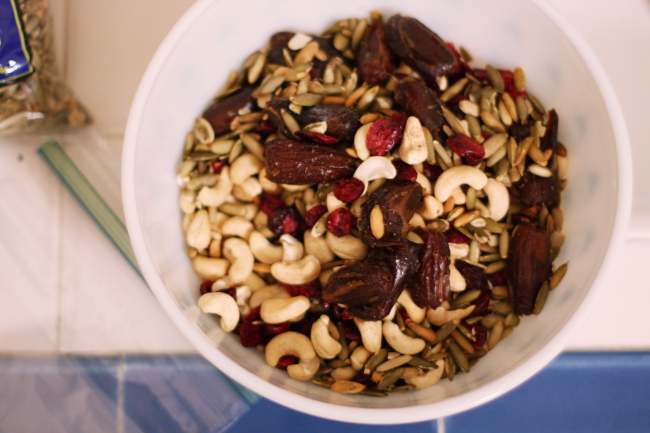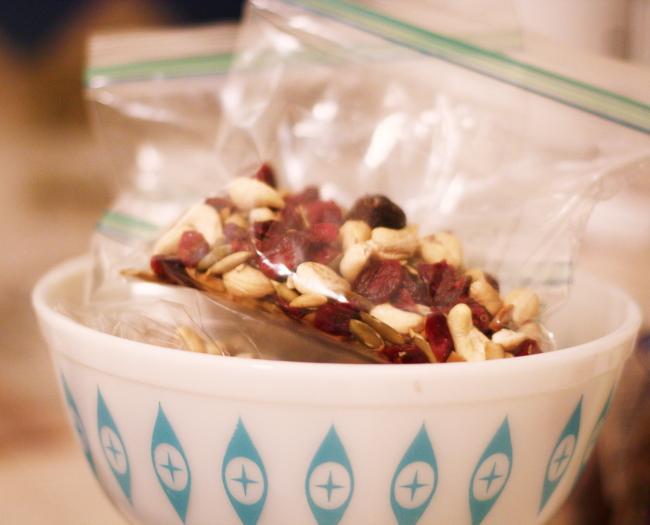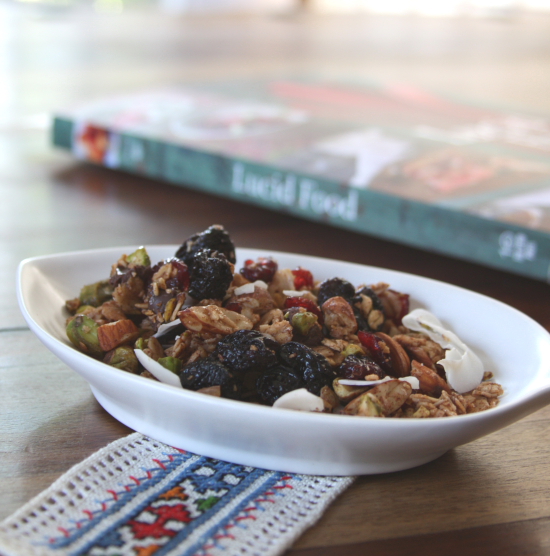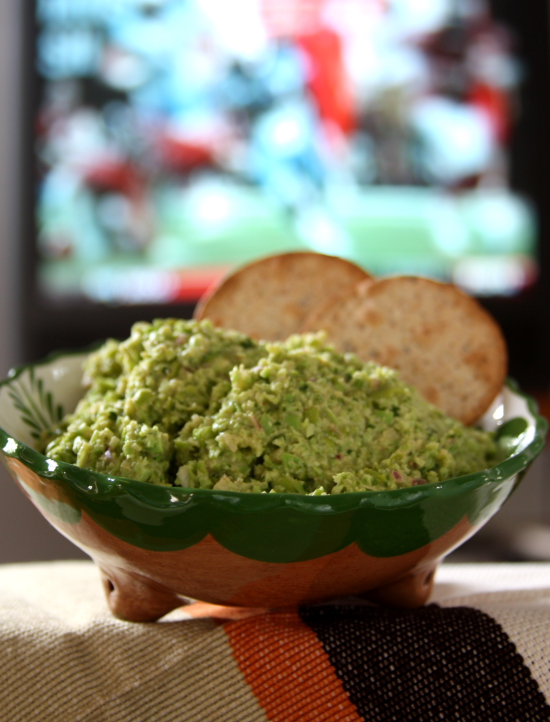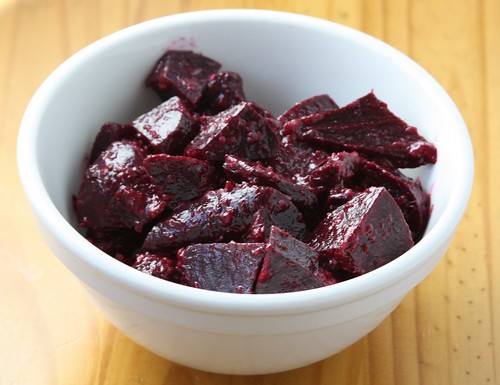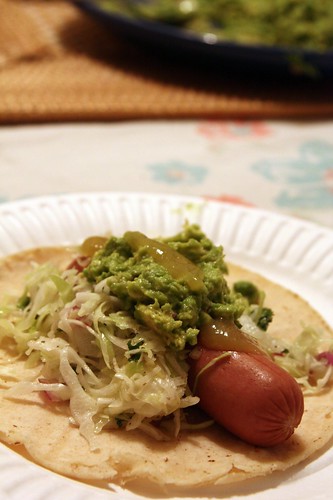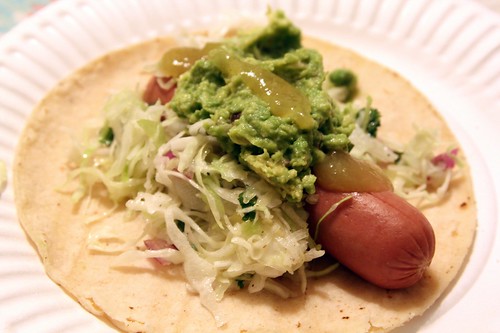This may not make much sense to most people, but whenever you’re out to eat you can bet that the men and women taking care of you are probably pretty hungry themselves. Why? Because when you work in restaurants there’s really no time to eat*.
There are plenty of restaurants who make family meals. Just about everyone in the business gives their employees meal breaks. The fact remains that sometimes we restaurant folk get really, really, busy and we just can’t take the time to eat even a bite of food. The more I work in restaurants, the more I realize that staying away from the red-zone of hunger is all about self-maintenance. I have to be thoughtful about what I eat and make sure I’m careful to monitor myself, my mood, and if I’m nearing a “hangry” (hungry/angry) state.
Because when I go red-zone, no one’s gonna get great service.
Many restaurant professionals have go-to meals that get them through the 8-12 hour shifts. Bowls of pasta and meat-stuffed tacos are a favorite at family meal. I’ve seen co-workers eat fast food straight out of a bag so they don’t leave a drop of grease or ketchup on their uniform whites. A few survive on energy drinks and protein bars. Others skip pre-shift meal all together and binge at the local late night joint or food truck after work. And for the desperate–and believe me, I’ve been one of them–there’s always a slab of bread with a bit of butter and a large cup of coffee to make the hunger go away.
Since I started working at my new job at the bakery and pizzeria, though, bread has taken center stage in my diet. I’ve been making it through my 10-12 hour shifts by drinking lots of coffee and snacking on tons of bread, pizza, and pastries. Though eating a gluten-free chocolate chip, walnut, banana muffin for lunch may seem fun at the time, subsisting on bread and pizza is definitely not something that I want to get into the habit of. A girl has to look good and feel good, right?
So when it came time to give something up for Lent, I decided I to stop eating wheat and force myself into being more mindful about the food I’m putting in my body. Being smart about what I eat when I’m at work is definitely going to be a challenge.
My food requirements are pretty straight forward: my food has to be fast, easy, and doesn’t require refrigeration. I don’t have time to ask for someone to cook it, there are health code rules about bringing outside food into restaurants (so it’s not going in our refrigerators), and it can’t be so fancy it can’t be eaten in a few fast bites. The food also has to be light enough I don’t feel weighed down. I need balanced food that has plenty of good carbohydrates, sugars, and proteins that will give me sustained energy throughout my shift.
My first step? Snacks.
I’ve stocked up on my favorite dried fruit and nuts so I can make my own fruit and nut mix. Sweet dates, creamy cashews, peppy pepitas, and tart cranberries make for a perfect in-between-moments bite. With a bar of chocolate stashed in the office for emergency energy and a plastic baggy filled with fruit and nuts, I’ll have plenty to keep me going during the shift. The best part about my little grab-bag snacks? They’re easy to make, small enough to stash anywhere, and don’t require any refrigeration!
[print_link]
Restaurant Energy Snack
If you have a Trader Joe’s near you, their fruit and nut section will have everything you could need to make your own snack mix! Feel free to make your own mixture!
1 bag (18 oz) of pepitas
1 bag (18 oz) of cashews
1 bag (12 oz) of pitted dates
1 bag (8 oz) of dried cranberries
Mix in a large bowl. Put equal parts into small zip log bags. Leave on the counter top so you don’t forget to bring them to work!

